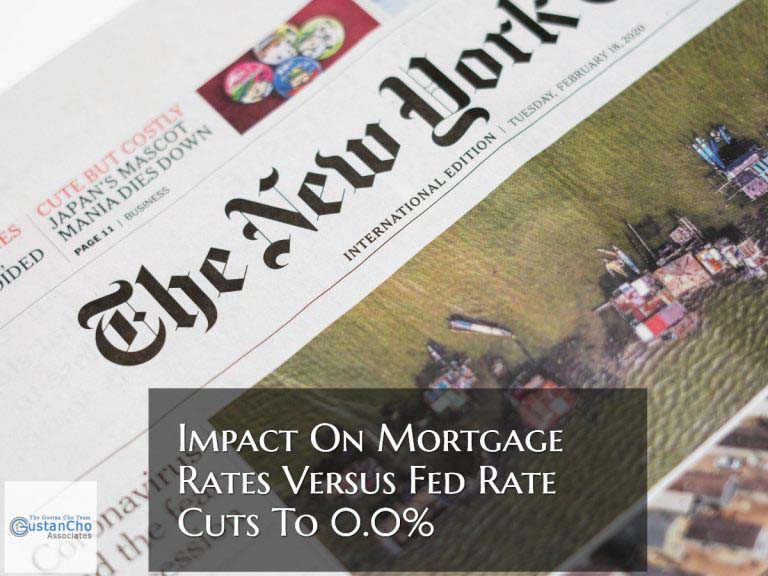This guide covers the five C’s of mortgage underwriting leading to clear-to-close. With mortgage loans, the risk analysis is critically important, so it is a good idea to review the file in detail before even submitting it. It is the responsibility of the mortgage underwriter to analyze the layered risk of the lender and the borrower’s ability to repay. Just because the borrower meets the agency lending guidelines does not mean the borrower has the ability to repay their new mortgage. Underwriters need to review and take a look at the overall picture of each borrower before issuing a conditional loan approval and eventually a clear-to-close. The mortgage underwriter will look at the following:
- adverse trade lines
- high loans-to-values
- high ratios
- heavy credit uses
- payment history in the past 24 months
- history of late payments and reasons why borrower had trouble paying monthly obligations on time
- lack of savings
- employment history, increases in income, and the likelihood of consistent employment
- reserves
- compensating factors
The riskier the loan, the more compensating factors should be presented with the file. The loan officer should prescreen the loan for risk and compensating factors. Loan Officers should always be looking for the big picture. They should weigh all factors the way the underwriter will. By evaluating these Five C’s, lenders can make informed decisions about approving a mortgage application and what terms and interest rates to offer the borrower. Borrowers should improve their standing in these areas to increase their chances of securing a favorable mortgage loan.
Processing and Underwriting The Five C’s of Mortgage Underwriting Leading To Clear-to-Close
Remember The Five C’s of mortgage underwriting leading to clear-to-close when putting together a loan package: Look at the five C’s of mortgage underwriting leading to clear-to-close:
- credit
- capacity
- capital
- collateral
- characteristics
If the loan officer feels that there are multiple layers of risk, then he or she should look for acceptable compensating factors to offset them. HUD, the parent of FHA has a published list of compensating factors that may be used as a guide.
Speak With Our Loan Officer for Mortgage Loans
Credit of The Five C’s of Mortgage Underwriting
FHA requires borrowers to have a minimum of 580 credit scores to qualify for a 3.5% down payment home purchase loan. Any FHA mortgage loan applicant with a credit score of 620 and under are considered a higher-risk borrower.
Underwriters will analyze the front-end debt-to-income ratio is the principal, interest, taxes, and insurance or PITI divided by the borrower’s monthly gross income.
The maximum debt-to-income ratio is capped at 43% for borrowers with credit under 620 normally to get an approve/eligible per automated underwriting system approval. Borrowers with credit scores of 620 or higher, the front-end debt DTI are capped at 46.9% and the back end DTI are capped at 56.9% to get an approve/eligible per AUS.
What are The Five C’s of Mortgage Underwriting
The Five C’s of Mortgage Underwriting are critical factors that lenders consider when analyzing a borrower’s credit, income, and ability to repay a mortgage loan. These factors help lenders assess the risk level associated with granting a borrower credit. The Five C’s are Credit Score, Capacity, Capital, Collateral, and Character. The credit score is numerical representation of a borrower’s credit history is based on their credit reports. A higher credit score indicates better creditworthiness, while a lower score may suggest a higher risk of default.
Capacity refers to a borrower’s ability to make regular mortgage payments. Lenders evaluate a borrower’s income, employment stability, and debt-to-income ratio to determine if they have the financial capacity to handle the mortgage payments.
Capital refers to the amount of money a borrower has available for a down payment and closing costs. A larger down payment shows the borrower has skin in the game for the lender and may lead to better mortgage loan terms for the borrower. Collateral is the property the borrower purchases with the mortgage loan. Lenders assess the value and condition of the property to ensure it serves as suitable collateral for the loan. Character involves the borrower’s overall financial responsibility and reliability. Lenders may consider the borrower’s payment history, employment history, and any past bankruptcies or foreclosures. Talk to experts for best deal related to Mortgage Loans
Outstanding Collection Accounts and Charge-Off Accounts
HUD, the parent of FHA does not require borrowers to pay outstanding old collection accounts with balances or charged-off accounts. Other government and conventional loan programs do not require outstanding collections and charged-off accounts to be paid to qualify for owner-occupant home loans. However, HUD has the most lenient guidelines when it comes to derogatory credit. However, the five C’s of mortgage underwriting mandates that mortgage underwriters evaluate prior derogatory tradelines. Mortgage agencies HUD, VA, USDA, Fannie Mae, Freddie categorizes collections into two categories:
- Medical collections
- Non-medical collections
Medical Versus Non-Medical Collection Accounts
Medical collections are often ignored by lenders unless the mortgage lender has its own investor overlays. Investor overlays are extra lending guidelines on top of the minimum agency guidelines. For example, here is a case scenario: A home buyer will qualify for an FHA loan with $10,000 of unpaid medical collections under HUD lending guidelines. However, the lender may require that the medical collections be paid off in order for a loan applicant to qualify with their company.
Even though the borrower meets the minimum HUD agency guidelines to qualify for an FHA loan, the borrower cannot qualify with this particular lender because this lender has lender overlays on collections.
Lender overlays are lending requirements that are above and beyond the minimum agency mortgage guidelines of FHA, VA, USDA, Fannie Mae, Freddie Mac. If denied a mortgage loan due to outstanding collections and charged-off accounts, please contact us at Gustan Cho Associates Mortgage Group at 800-900-8569 or text us for a faster response. Or email us at gcho@gustancho.com. Gustan Cho Associates will just go off automated findings per DU FINDINGS or LP FINDINGS via Automated Underwriting System.
Non-Medical Collection Accounts
With non-medical collections, 5% of the unpaid balance is calculated when the underwriter is calculating the borrower’s debt-to-income ratios. Again, HUD does not require outstanding collection accounts to be paid. However, the particular lender may have overlays. They may require borrowers to pay off the old collection account balance
With non-medical outstanding collections with greater than $2,000 balance, HUD requires underwriters to take 5% of the outstanding balance and use it as hypothetical monthly debt in DTI Calculations
If the collection account has a large balance, borrowers can make a written payment agreement with the creditor. The minimum monthly payment agreement will be used towards mortgage qualification in determining debt-to-income ratios in lieu of the 5% of outstanding balance rule.
Speak With Our Loan Officer for Mortgage Loans
Waiting Period After Housing Event
All agency loan programs have a mandatory waiting period to qualify after bankruptcy, foreclosure, deed-in-lieu of foreclosure, and short sale. There is a two-year waiting period after bankruptcy discharge date to qualify for FHA, VA, USDA loans. There is a three-year waiting period to qualify for FHA and USDA loans after housing event. Housing event is the following events:
- foreclosure
- deed in lieu of foreclosure
- short sale
VA requires a two-year waiting period after a housing event. The waiting period after Chapter 7 Bankruptcy discharged date is two years to qualify for VA home loans. Waiting period start date is from the recorded date of the foreclosure which is reflected in the county recorder of deeds office or the date of the sheriff’s sale. There is a three-year waiting period to qualify for an FHA and USDA loan after a short sale reflected on the HUD settlement statement of the short sale. Borrowers can have prior bad credit, housing events, bankruptcy in the past, and qualify for a mortgage. However, re-established credit and no late payments after a period of bad credit is key to The 5’c of mortgage underwriting. Apply today for mortgage loans, click here










